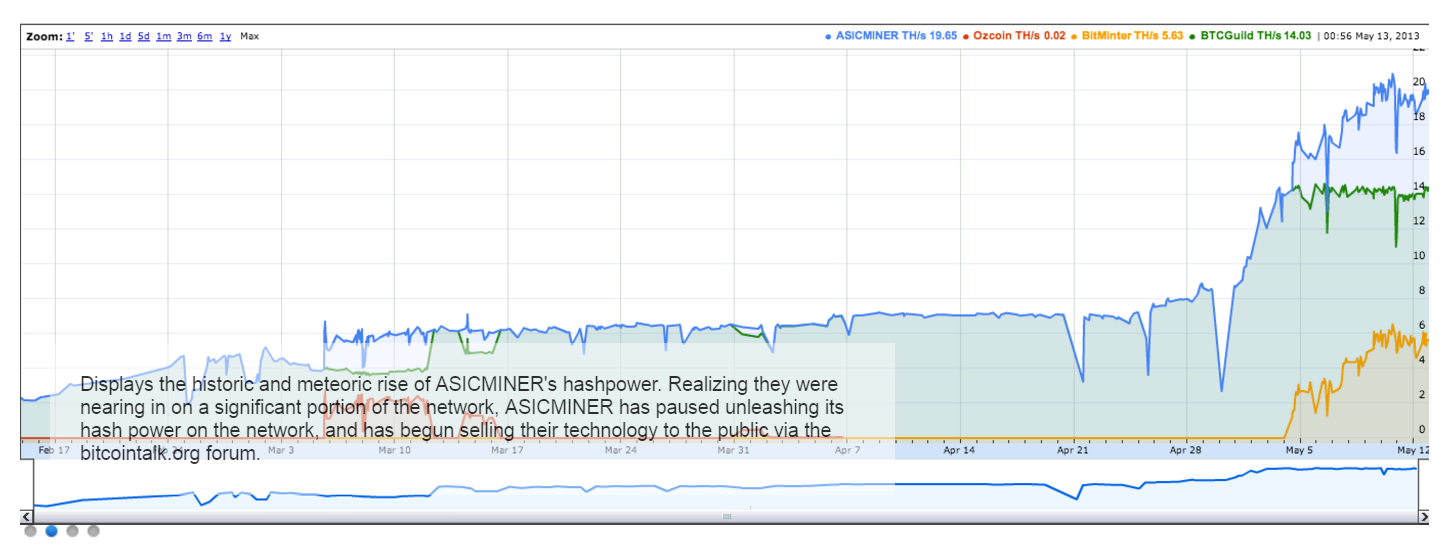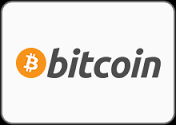Tips For Trading the Share Market
There are many tips for trading the share market. First, always make a trading plan. It's not a good idea to make last-minute changes based on emotion. Smart traders always have a plan and stick to it. Second, you must avoid the buyer's fallacy. Invest in large companies. It's safer, but also more risky. Then, you can invest in high-risk stocks.
Intraday trading is riskier than regular stock market investing
Intraday trading is not for the faint of heart. While it does offer an alternative source of income, it does come with a higher risk. However, with the proper risk management technique, it is possible to make decent returns on the investment. Intraday trading is similar to walking on a tight rope; many people get into this game with the misconception that they can make 1% a day, and this is simply not the case.
As the name suggests, day trading involves trading stocks that are not widely available and are therefore illiquid. This is often due to a lack of research on the stocks involved. The liquidity of a stock plays an important role in intraday trading, and trading in illiquid stocks can lead to missed buy or sell orders, and even delivery of the trader's Demat account. For this reason, traders should only place their trades in companies with high liquidity.
Developing a trading plan
Developing a trading plan is a crucial part of a trader's arsenal and can be learned at any good trading course. It gives him a starting point, a direction to travel and an end goal to strive towards. A trading plan should balance risk and reward. However, it is not a magical formula. There is no substitute for experience, but developing a trading plan will ensure you never lose money again. So, what exactly should an abundant money making trading plan look like?
The trading plan should take into account the risks involved in the stock market. It should be based on research and provide you with a risk assessment process. You should only invest money when you feel comfortable with the risks involved. This strategy is vital in avoiding losses and increasing your profits. Having a trading plan can help you trade confidently even in times of high volatility. You can take advantage of the support of AvaTrade's 24-hour support team.
Avoiding buyer's fallacy
Traders can avoid the Buyer's Fallacy by keeping their losing positions for longer than necessary. This behavior is associated with a high risk of regret, since the investor expects to lose money more than the amount he invested. Instead of dumping the losers, the investor holds on to them for longer than they should, hoping that the market will rebound. However, this isn't always the case.
Investing in large companies
Investing in large companies when trading the stock market has its tax benefits. These companies have a proven track record of revenue production and earnings growth, which makes them more stable and less risky than small-cap companies. They can also diversify a portfolio of smaller stocks, thereby offering greater opportunities for share price growth. Investing in large companies may have some disadvantages, though. However, these risks are worth the potential rewards.
There are many ways to invest in large companies. For example, you can invest in Amazon and JPMorgan Chase. These are both large-cap companies with market capitalizations of over $200 billion. You can buy individual shares of these companies or invest in a mutual fund. These stocks typically have long-term histories and have an established track record in the market. If you're new to investing in large companies, you may want to begin by studying the history of those companies.
Developing technical analysis skills
Developing technical analysis skills for trading the share markets can help you become a successful trader. This strategy involves studying charts and interpreting price patterns. Technical analysts believe that prices reflect all relevant information, which means they can use this information to make informed decisions. The key to success is to have ample research and a strategy for your trading. Here are some tips for gaining knowledge about technical analysis. Once you've mastered these techniques, you can use them to make profitable trades.
The first step in developing your technical analysis skills is determining the time period. The longer the time frame, the more reliable the analysis. Charts on the weekly or monthly scales will give fundamental analysts a better idea of trend and consolidation periods. Once you have your time frame, you can apply the basic concepts of trend, support and resistance, as well as change in polarity to analyze trends. As you develop your technical analysis skills, you'll be able to identify patterns that will give you good ideas on which stocks to trade.
Alex Wade
